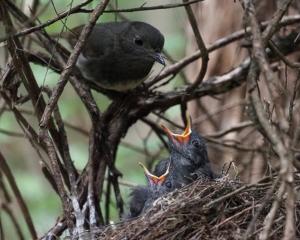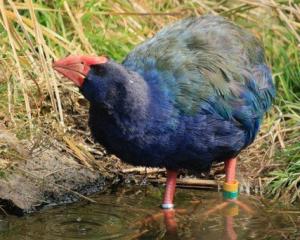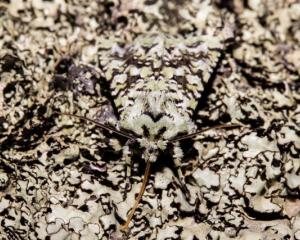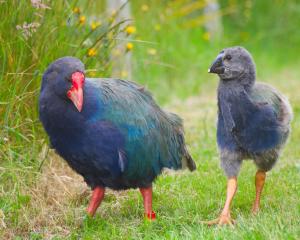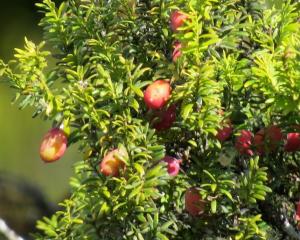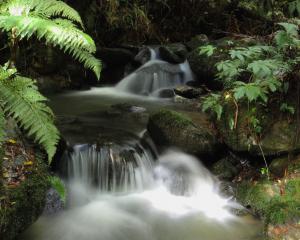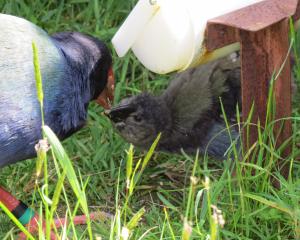Nobody planted the old mountain cedars at Orokonui. They have been here since before the invention of predator-proof fencing. Only a few individuals, mind you, but one of our most distinctive native trees.
Dunedin is lucky to have cedar forests on the upper slopes of its main hills. The nearest other populations are in the Catlins and in a few valley-heads of the inland Otago mountains. A few mountain cedar trees grow on Banks Peninsula.
Take your pick of other names for this tree: kaikawaka, pahautea, or Libocedrus bidwillii. It is one of only two native cedars, the nearest relatives being in New Caledonia, but is related also to the familiar macrocarpa tree, from California, and likewise has tiny scale leaves arranged in whipcord fashion.
The fine foliage of mountain cedar gives it an advantage on the misty crests of the Dunedin hills, allowing the trees to intercept cloud droplets and turn them, in effect, into an extra, personal supply of dripping rain.
Not everybody enjoys our sea-breeze cloud, lovely though it can be as the cap over Mt Cargill, but the mountain cedars love it. In fact the local distribution of cedar forest across to Flagstaff and just as far as the Silverpeaks is a match for the usual inland extent of hill-hugging cloud carried by the northeasterlies. As a sapling, mountain cedar grows narrow and conical, with a rapidly tapering trunk: a growth form so tidy that young specimens would suit a formal garden. Such youngsters can be seen on the track that leads up to Swampy Summit. Old trees still have a trunk that heads straight for the sky, and a crown of outward branches, but each individual then develops its own character.
Mountain cedars have a relationship with the wind too. In summer, tiny male cones release clouds of pollen to be carried by the breeze. If you are lucky you might see one of those big spiny stick insects having a feed on the pollen: good protein no doubt. In late autumn, the female cones, about the size of a little fingernail, release flaky seeds that have a small wing on one side and a bigger wing on the other, allowing the seeds to spiral away from the parent tree like a helicopter in autorotation.
The wood of mountain cedar is reddish-brown, very lightweight, and resistant to both burning and decay. That is why charred trunks are still standing on Mt Cargill a century after a huge fire that swept across the upper slopes. The timber was once used for palings, roof shingles, and notably for fire-proof doors. No use for firewood. How annoying it is to find the woodbox of a West Coast hut neatly filled with cedar, readily chopped and split by some greenhorn.
If the mountain cedars could talk they might teach us a thing or two about climate change. Being adapted to cool climates, they have prospered during the coldest phases of recent glacial cycles. But with warmer or drier conditions, tree health and populations can decline. Hence the dead and spindly cedars, visible for example near Leith Saddle, may be suffering from a decreasing influence of coastal cloud.
So an old cedar tree, with many centuries of wisdom, might tell us, ''We certainly know that climate change is for real; more than just a belief system. As for all that extra carbon dioxide you people have been putting into the air, it might not help us much because we grow slowly anyway. Probably it will foster the plantations and wilding pines more than us''. ''Are you being serious or jocular?'', asked one of the pine trees.
''Yeah no, a bit of both'', said the cedar, ''you might say we're sceptical of the sceptics. From up here on Mihiwaka, above the ecosanctuary, we get quite a good overview of life and nature. One thing we notice is that Cedar Farm Forest has more pines than cedars. And, we could do without all those possums and wild goats. Oh for a comfy life within the Orokonui fence!''
- Peter Johnson is a Dunedin botanist and writer.


